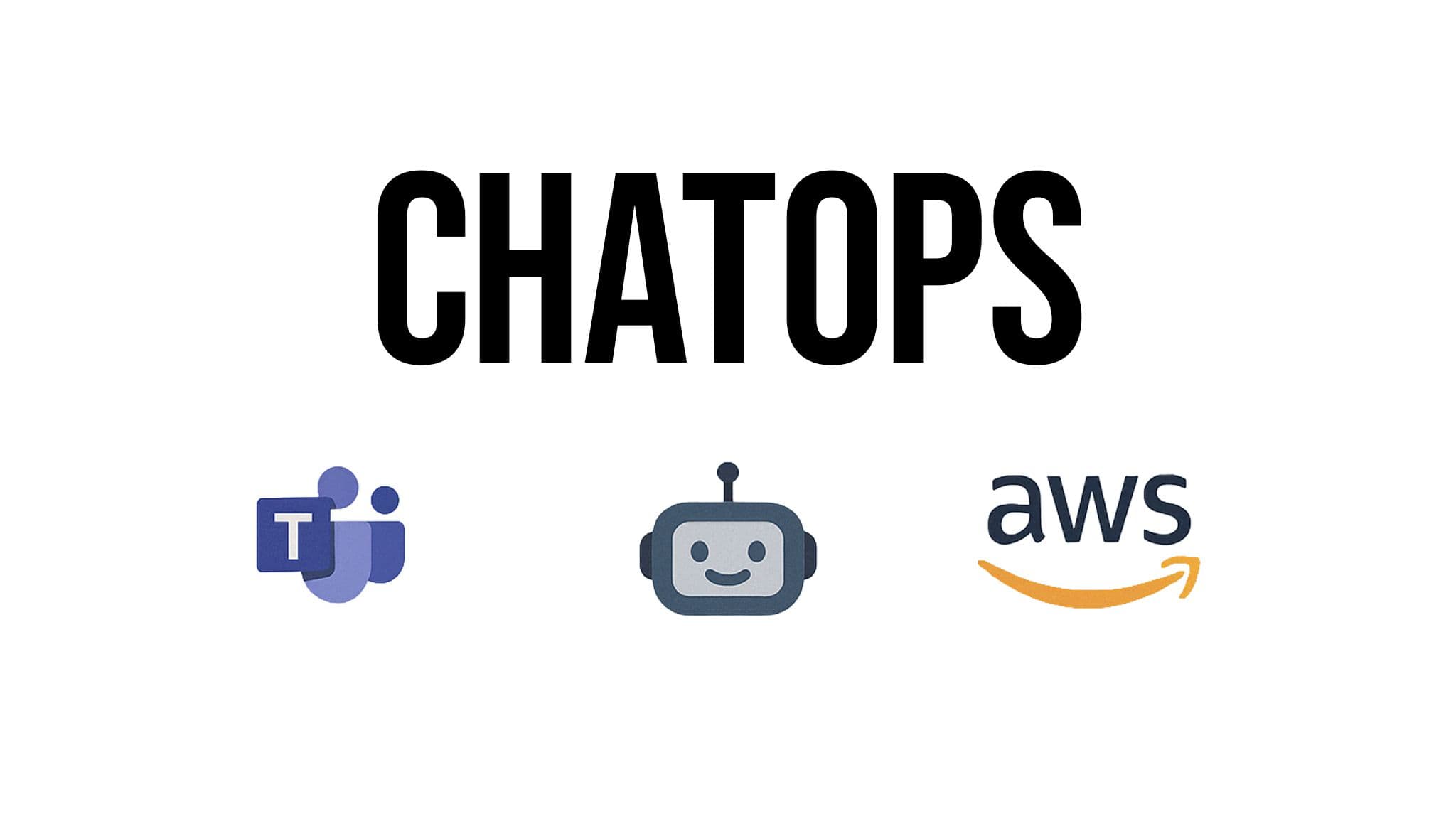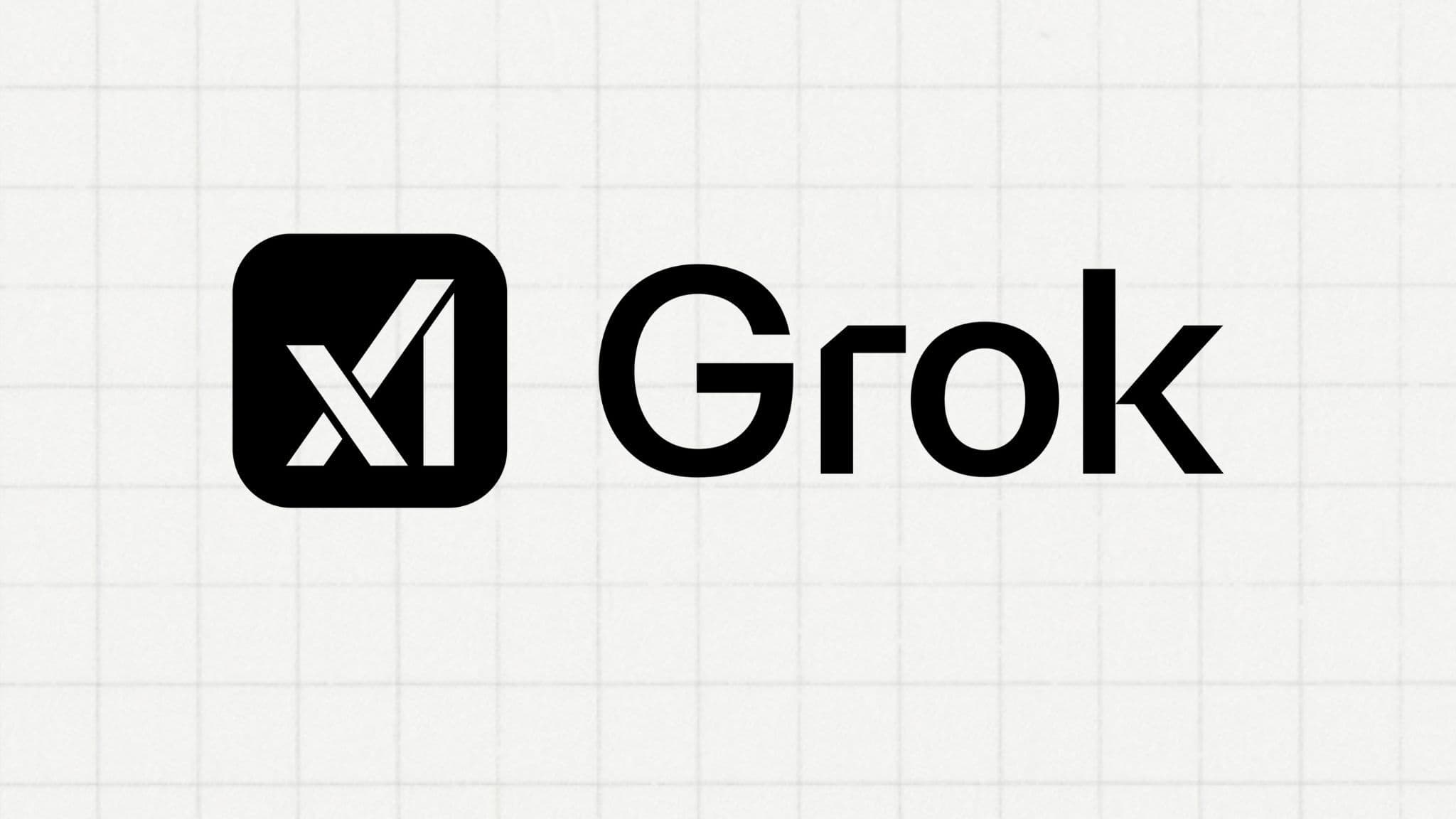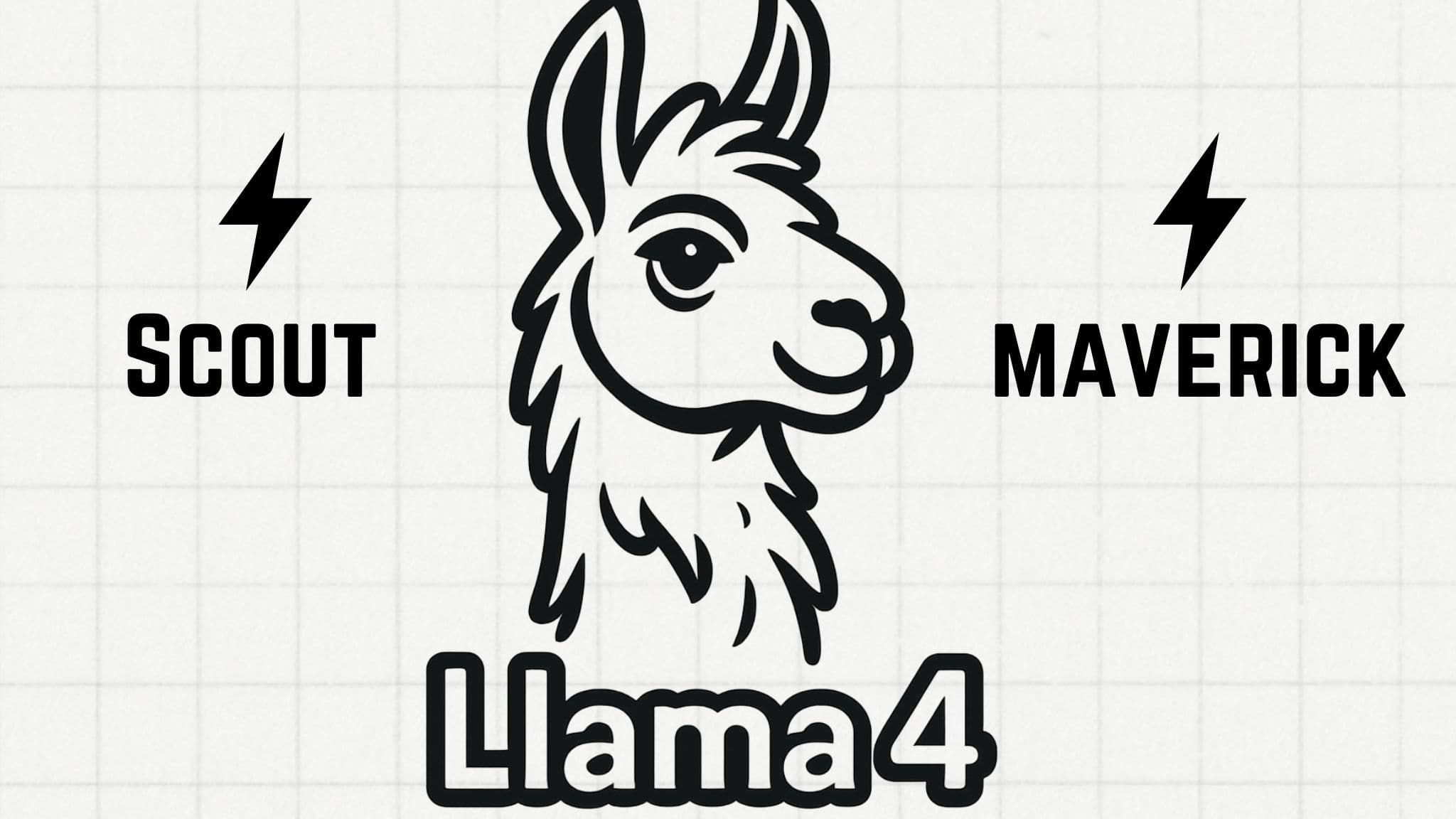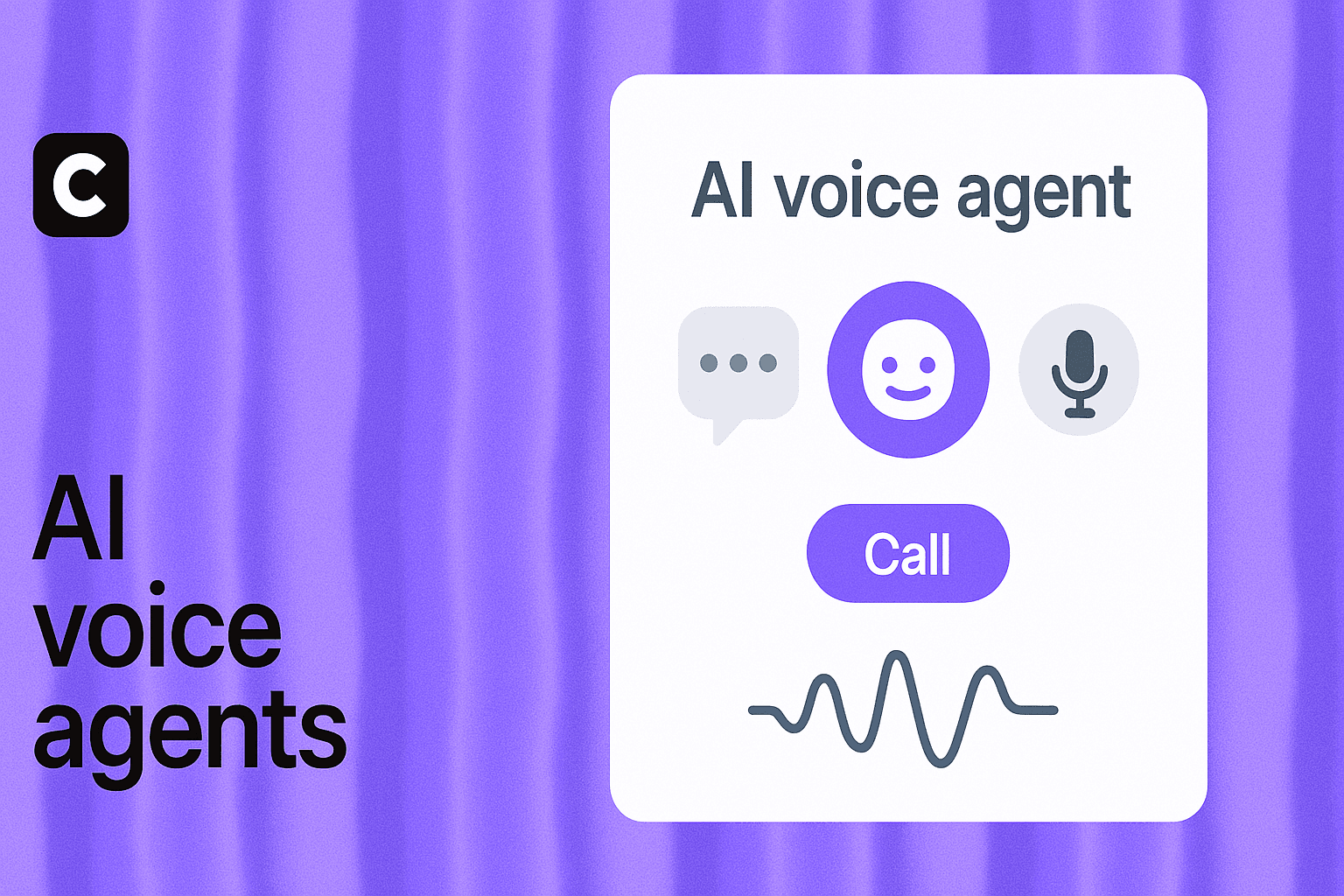10 Essential Chatbot Analytics Metrics to Track Performance
Ilias Ism
May 15, 2024
10 min read

Chatbots have become an integral part of many businesses' customer service and sales strategies.
By automating conversations and providing instant support, chatbots can significantly enhance the customer experience while reducing costs. However, simply deploying a chatbot is not enough.
To truly harness the power of conversational AI, it's crucial to track and analyze your chatbot's performance using key metrics.
Chatbot analytics provide invaluable insights that can help you optimize your bot, improve customer satisfaction, and drive business results.
In this comprehensive guide, we'll dive deep into the world of chatbot analytics, exploring the essential metrics you need to monitor to ensure your chatbot is performing at its best.
From engagement rates to conversion metrics, we'll cover everything you need to know to make data-driven decisions and take your chatbot strategy to the next level.
Why Chatbot Analytics Matter
![[object Object]](/_next/image?url=https%3A%2F%2Fcdn.sanity.io%2Fimages%2Fi6kpkyc7%2Fprod-dataset%2F02e80166c44d7b3af02137955afbf9c79f96274b-3840x2731.png&w=3840&q=75&dpl=dpl_7tntgJB8iWm72dhiFLjd2bFj7E8m)
Before we delve into specific metrics, let's understand why chatbot analytics are so important. Here are a few key reasons:
Measuring Effectiveness: Analytics allow you to gauge how well your chatbot is performing in terms of engaging active users, resolving queries, and achieving business goals. By tracking key user metrics, you can identify areas of strength and weakness, and make informed decisions to optimize your bot.
Improving User Experience: By analyzing user interactions and feedback, you can gain insights into how customers perceive your chatbot. This enables you to identify pain points, improve conversation flows, and enhance the overall user experience.
Driving Business Results: Conversational bots can have a direct impact on your bottom line by generating leads, increasing conversions, and reducing customer support costs. Analytics help you measure the ROI of your chatbot and make data-driven decisions to maximize its business value.
Now that we understand the importance of chatbot analytics, let's explore the essential metrics you should be tracking.
Engagement Metrics
Customer engagement metrics provide insights into how active users interact with your chatbot. Here are some key customer engagement metrics to monitor:
1. Total Interactions
This metric measures the total number of conversations your chatbot has with users over a given period. It gives you a high-level view of your chatbot's usage and popularity. Tracking total interactions over time can help you identify trends and gauge the overall adoption of your chatbot.
2. User Engagement Rate
The user engagement rate is the percentage of active users who actively engage with your chatbot after initiating a conversation. It's calculated by dividing the number of engaged users by the total number of users who started a chat. A high engagement rate indicates that your chatbot is providing value and keeping users interested.
3. Average Conversation Length
This metric measures the average number of messages exchanged between a user and your chatbot in a single chatbot conversation. Longer conversations suggest that users are finding your chatbot helpful and engaging. However, if conversations are too lengthy, it may indicate that your chatbot is struggling to provide concise and effective responses.
4. Interaction Frequency
Interaction frequency refers to how often active users engage with your chatbot over a given period. It can be measured on a daily, weekly, or monthly basis. Tracking interaction frequency helps you understand user behavior and identify patterns. For example, if you notice a spike in interactions during specific hours or days, you can optimize your chatbot's availability and content accordingly.
Conversation Metrics
Conversation metrics focus on the quality and effectiveness of your chatbot's interactions with users. Here are some essential conversation metrics to track:
1. Goal Completion Rate (GCR)
The goal completion rate measures how often users successfully achieve their intended goal when interacting with your chatbot. It's a crucial metric that directly reflects your chatbot's effectiveness in helping users. A high GCR indicates that your chatbot is providing relevant and accurate responses, while a low GCR suggests areas for improvement.
2. Fallback Rate
The fallback rate is the percentage of user messages that your chatbot fails to understand or respond to appropriately. When a chatbot encounters a message it can't handle, it typically provides a generic "fallback" response. A high fallback rate indicates that your chatbot needs better training or more comprehensive knowledge to effectively assist users.
3. User Satisfaction Score
User satisfaction is a key metric that directly reflects the user experience with your chatbot. You can measure satisfaction by implementing post-conversation surveys or rating systems. Analyzing customer satisfaction scores helps you identify areas where your chatbot excels and where it needs improvement. It's essential to track satisfaction over time to ensure your chatbot consistently meets user expectations.
4. Conversion Rate
If your chatbot is designed to drive specific actions, such as lead generation or sales, tracking the conversion rate is crucial. The conversion rate measures the percentage of users who take the desired action after interacting with your chatbot. A high conversion rate indicates that your chatbot is effectively guiding users towards your business goals.
Channel Metrics
If your chatbot is deployed across multiple channels, such as your website, messaging apps, or social media platforms, it's important to track channel-specific metrics. Here are some key channel metrics to consider:
1. Channel Engagement
Measure the engagement rate and interaction frequency for each channel where your chatbot is available. This helps you understand which channels are most popular among your target audience and where your chatbot is having the greatest impact.
2. Channel-Specific Goal Completion
Track the goal completion rate for each channel separately. This allows you to identify which channels are most effective in driving desired actions and optimize your chatbot's performance accordingly.
3. Channel Satisfaction
Monitor customer satisfaction scores for each channel to ensure your chatbot is providing a consistent and positive experience across all touchpoints.
Cost Metrics
In addition to chatbot performance metrics, it's important to track cost-related metrics to assess the financial impact of your chatbot. Here are two key cost metrics to consider:
1. Cost per Interaction
Calculate the total cost of running your chatbot (including development, maintenance, and any associated fees) and divide it by the total number of interactions. This gives you the average cost per interaction, which helps you evaluate the cost-effectiveness of your chatbot compared to other customer support channels.
2. Cost Savings
Estimate the cost savings your chatbot generates by reducing the workload on human agents. This can be calculated by multiplying the number of successful interactions handled by your chatbot by the average cost per interaction with a human agent. Demonstrating cost savings is crucial in justifying the ROI of your chatbot investment.
Analyzing and Acting on Chatbot Analytics
Collecting chatbot analytics is just the first step. To truly leverage the power of data, you need to analyze the metrics and take action based on your findings. Here are some tips for making the most of your chatbot analytics:
Set Clear Goals: Define specific, measurable goals for your chatbot and align your metrics accordingly. This helps you focus on the most relevant data and track progress towards your objectives.
Identify Trends: Look for patterns and trends in your chatbot analytics over time. This can help you spot opportunities for improvement and make data-driven decisions.
Benchmark Performance: Compare your chatbot's performance against industry benchmarks or your own historical data. This helps you understand how your chatbot stacks up and identify areas where you're excelling or lagging behind.
Continuously Optimize: Use your chatbot analytics to continuously refine and optimize your bot. This may involve updating conversation flows, improving natural language processing models, or adding new features based on user feedback and behavior.
Share Insights: Regularly share chatbot analytics insights with relevant stakeholders, such as customer support teams, product managers, and executives. This helps ensure everyone is aligned and working towards common goals.
Choosing the Right Chatbot Analytics Tools
To effectively track and analyze your chatbot's performance, you need the right chatbot analytics tools. Here are some key features to look for when selecting a chatbot analytics platform:
Comprehensive Metrics: Ensure the platform covers all the essential metrics across engagement, conversation, channel, and cost dimensions. Look for tools that provide granular data and allow you to drill down into specific use cases and user segments.
Real-Time Insights: Choose a platform that offers real-time analytics, enabling you to monitor your chatbot's performance as it happens. This allows you to quickly identify and address any issues or opportunities.
Customizable Dashboards: Look for tools that provide customizable chatbot analytics dashboards, allowing you to tailor the data visualization to your specific needs. This makes it easier to focus on the metrics that matter most to your business.
Integration Capabilities: Consider platforms that seamlessly integrate with your existing chatbot development tools and other business systems. This ensures a smooth data flow and enables you to correlate chatbot performance with other key business metrics.
Actionable Insights: Opt for analytics tools that provide actionable insights and recommendations based on your chatbot data. This can include suggestions for optimizing conversation flows, improving response times, or reducing the human takeover rate.
By selecting the right chatbot analytics tools, you can streamline your data collection and analysis process, enabling you to make informed decisions and continuously improve your chatbot's performance.
Conclusion
![[object Object]](/_next/image?url=https%3A%2F%2Fcdn.sanity.io%2Fimages%2Fi6kpkyc7%2Fprod-dataset%2F306b631b6f97941774549fb7532b998a1156f8c0-1322x696.png&w=3840&q=75&dpl=dpl_7tntgJB8iWm72dhiFLjd2bFj7E8m)
Chatbot analytics are a powerful tool for understanding and optimizing your chatbot's performance.
By tracking essential metrics across engagement, conversation, channel, and cost dimensions, you can gain valuable insights into how users interact with your bot and how it impacts your business.
Remember, chatbot analytics is an ongoing process.
As your chatbot evolves and your business needs change, so should your metrics and analysis.
By continuously monitoring and acting on your chatbot analytics, you can ensure your bot remains a valuable asset in delivering exceptional customer experiences and driving business results.
At Chatbase, we understand the importance of robust chatbot analytics. Our platform provides comprehensive analytics tools and actionable insights to help you optimize your chatbot and achieve your goals.
Sign up for a demo today and see how Chatbase can take your chatbot strategy to the next level.
Share this article:






